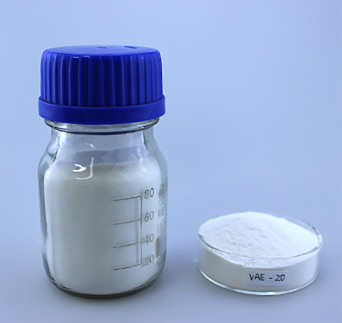
Nov . 09, 2024 07:19 Back to list
Synthesis Methods and Applications of Hydroxyethyl Cellulose in Various Industries
Synthesis of Hydroxyethyl Cellulose An Overview
Hydroxyethyl cellulose (HEC) is a non-ionic, water-soluble polymer derived from cellulose, which plays a crucial role in various industries due to its thickening, stabilizing, and film-forming properties. Its unique characteristics make it an essential component in pharmaceuticals, cosmetics, food products, and construction materials. This article explores the process of synthesizing hydroxyethyl cellulose, examining the chemical reactions involved, the conditions required, and the applications of the final product.
The synthesis of hydroxyethyl cellulose typically begins with the derivatization of cellulose, a natural polymer abundantly found in plant cell walls. The starting material, cellulose, is usually obtained from sources such as cotton or wood pulp. The primary goal of the synthesis is to hydroxylate the cellulose structure by introducing hydroxyethyl groups (-CH2CH2OH) onto the cellulose chain. This modification enhances the solubility and functional properties of cellulose in aqueous solutions.
Synthesis of Hydroxyethyl Cellulose An Overview
To initiate the synthesis, cellulose is treated with an alkaline solution to enable the hydroxyl groups of the cellulose molecules to nucleophilically attack the ethylene oxide. This reaction leads to the substitution of hydroxyl groups on the cellulose chain with hydroxyethyl groups. The degree of substitution—indicative of how many hydroxyl groups have been replaced—can significantly influence the properties of the hydroxyethyl cellulose produced, including its viscosity and solubility in water.
hydroxyethyl cellulose synthesis

Controlling reaction parameters such as temperature, time, and the ratio of reactants is essential to achieving the desired degree of substitution. Typically, higher temperatures and longer reaction times can increase the substitution degree, but they might also lead to degradation of the polysaccharide. A careful balance must be struck to optimize the yield and quality of hydroxyethyl cellulose. Generally, the synthesis process is followed by purification steps to remove unreacted ethylene oxide and other by-products, ensuring the safety and efficacy of the final product.
The resulting hydroxyethyl cellulose can be further characterized using various techniques such as nuclear magnetic resonance (NMR) spectroscopy, Fourier-transform infrared (FTIR) spectroscopy, and viscosity measurements. These analytical methods help to confirm the successful modification of the cellulose and to determine its physical and chemical properties.
Hydroxyethyl cellulose finds extensive applications across multiple sectors. In the pharmaceutical industry, it is used as a viscosity modifier, providing a controlled-release mechanism for drug formulations. In cosmetics and personal care products, HEC serves as an emulsifying and thickening agent, enhancing the texture and consistency of lotions and creams. Additionally, it is utilized in the food industry as a food additive, providing improved mouthfeel and stability in various products. Within the construction sector, HEC improves the workability and water retention capacity of cement-based materials, making it invaluable for producing high-quality construction materials.
In conclusion, the synthesis of hydroxyethyl cellulose involves the chemical modification of cellulose through the reaction with ethylene oxide under alkaline conditions. This process results in a versatile polymer with diverse applications across multiple industries. As research continues to advance, the potential for hydroxyethyl cellulose to play an even more significant role in innovative products and applications remains promising.
-
Versatile Hpmc Uses in Different Industries
NewsJun.19,2025
-
Redispersible Powder's Role in Enhancing Durability of Construction Products
NewsJun.19,2025
-
Hydroxyethyl Cellulose Applications Driving Green Industrial Processes
NewsJun.19,2025
-
Exploring Different Redispersible Polymer Powder
NewsJun.19,2025
-
Choosing the Right Mortar Bonding Agent
NewsJun.19,2025
-
Applications and Significance of China Hpmc in Modern Industries
NewsJun.19,2025







